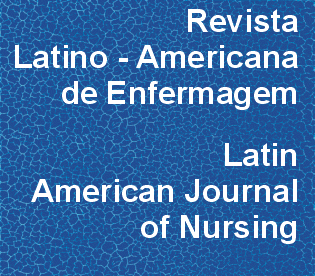Avaliação dos atributos da atenção primária na perspectiva das usuárias que vivenciam o cuidado
DOI:
https://doi.org/10.1590/0104-1169.0496.2587Resumo
;;OBJETIVO:;; avaliar a qualidade da Estratégia Saúde da Família e verificar a associação dos atributos da atenção primária com as características sociodemográficas das usuárias.
;;;;MÉTODO:;; estudo descritivo e transversal, no qual foram entrevistadas 215 usuárias da Estratégia Saúde da Família. Foi utilizado o Instrumento de Avaliação da Atenção Primária na versão adulto e feito os testes exato de Fisher, qui-quadrado de Pearson e regressão logística.
;;;;RESULTADOS:;; verificou-se que a dimensão "acessibilidade" apresentou menor média (1,80). Por outro lado, "acesso" foi a dimensão mais bem avaliada (8,76). Os atributos: "longitudinalidade", "coordenação", "integralidade" e "orientação" tiveram resultados insatisfatórios. Ao avaliar a associação entre as características sociodemográficas das usuárias e os atributos essenciais, derivado e geral, não houve associações entre os atributos e as características (p>;0,05).
;;;;CONCLUSÃO:;; na perspectiva das usuárias, todos os serviços possuem atributos que precisam ser melhorados.
;;


